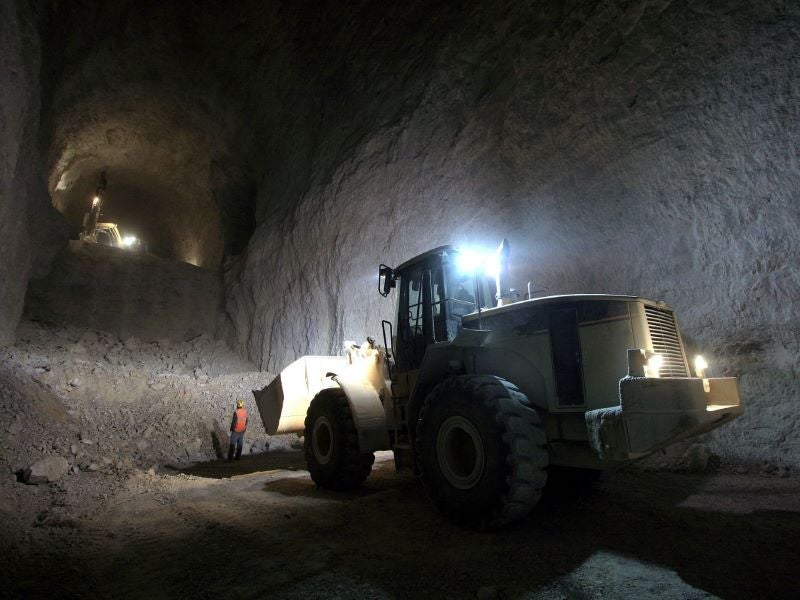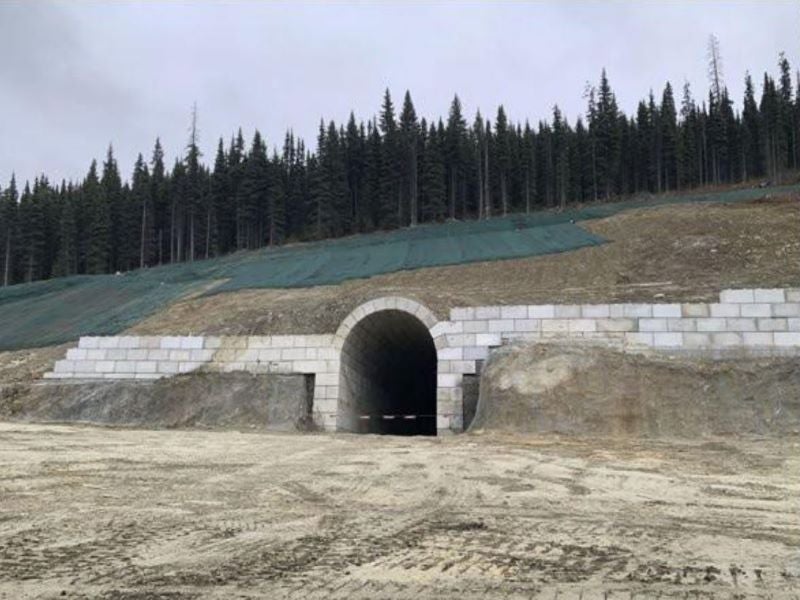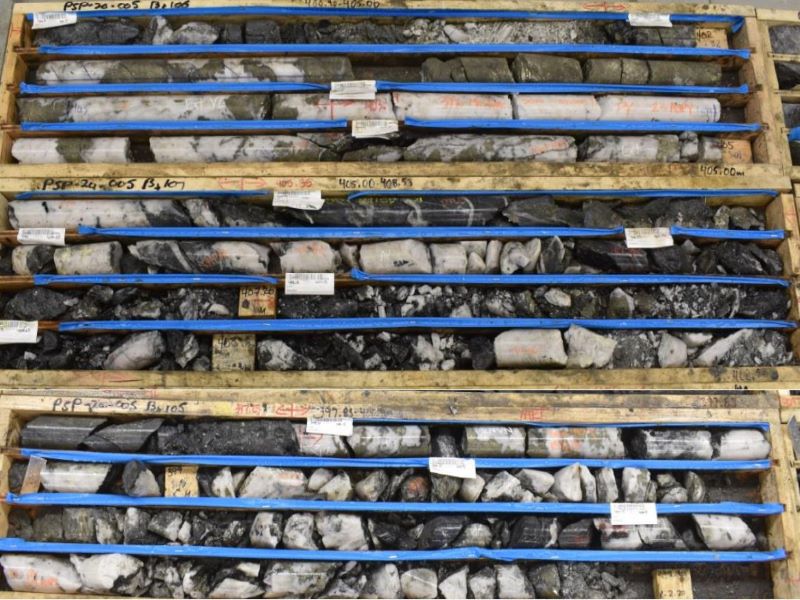The Cariboo gold project is an underground mine proposed to be developed in British Columbia, Canada, by Osisko Development through its fully owned subsidiary Barkerville Gold Mines.
A preliminary economic assessment (PEA) for the project was released in May 2022 while the feasibility study was completed in January 2023.
The project will be developed in two phases to exploit gold mineralisation from three main zones, namely Cow; Shaft; and Valley, along with two smaller satellite zones, namely Lowhee and Mosquito.
Development of the project is estimated to require a capital investment of C$588m ($433m), including the capital for the initial and expansion phases. Underground development is expected to commence in the fourth quarter (Q4) of 2023 while commercial production under phase one is expected to start in Q4 2024. The mine is expected to have a life of 12 years.
Cariboo project location and geology
The Cariboo gold project is located in the historic Wells-Barkerville mining camp in the District of Wells, British Columbia.
It is situated within the Kootenay Terrane in the south-central Canadian Cordillera. The Kootenay Terrane near the project area is subdivided into the western Barkerville and eastern Cariboo subterranes, which contain metamorphosed equivalents of continent-derived siliciclastic protoliths interlayered by marble units and granitic orthogneiss.
Mineralisation and reserves of the Cariboo gold project
Vein and replacement-type mineralisation is found in the deposit. The mineralisation is grouped into five interrelated styles, which are hosted in carbonaceous mudstone, sandstone units, calcareous sandstone units, and fault-bounded calcareous siltstone units.
The proven and probable mineral reserves at Cariboo were estimated at 16.7 million tonnes (Mt), grading 3.7g/t of gold, 0.07g/t of silver and 2.03 million ounces (Moz) of contained gold and 34,955oz of silver, as of December 2022.
Mining methods
A longitudinal retreat stoping method will be used for the underground mining operation. It was selected to exploit the five mineralised zones, which comprise several narrow veins.
The first phase of the mining operation will target a production rate of 1,500tpd between 2024 and 2027. The Cow portal will be used to access the mineral deposit with production targeting the satellite zones of Lowhee and Mosquito, and the upper portion of the Shaft zone.
The second phase is expected to commence in 2027 with the development of a second portal called the Valley portal, which will also serve as the main access for the second phase. Production is planned to be enhanced to peak at 4,900tpd by the end of 2027 and continue until 2036. The second phase of operations will focus on the Shaft, Valley, and Cow zones.
A modified longitudinal long-hole retreat mining method is additionally proposed to be included for phase two of the operations. It is being considered for use within poor ground conditions with slopes of thickness less than 5m.
Cemented rock fill and uncemented rock fill are proposed to be used in the first phase to fill mining voids. The second phase will utilise paste fill from a paste fill plant that will be installed to provide the primary backfill product.
Ore processing operations at the Cariboo project
The first phase of operations will utilise existing sorting infrastructure at the Bonanza Ledge site on the Bonanza Ledge mine and milling infrastructure at the Quesnel River mill, located 111km from the project site.
Ore processing needs for phase one will be met through the installation of a pre-concentrator, including mobile crushing and ore sorting, at the Bonanza Ledge site. The run-of-mine (ROM) ore will undergo a two-stage crushing and screening operation with the crushed product planned to be processed in an ore sorting circuit.
The resulting concentrate from the sorting circuit will be crushed and then trucked to the Quesnel River mill where it will undergo further comminution, leaching, and refining. A filtration plant is also expected to be installed at the mill site to produce dry tailings.
Phase two processing operations will also rely on existing infrastructure at the Quesnel River while ore crushing will occur underground. Ore sorting, grinding and flotation will be performed at the surface on the project site. The flotation concentrate product will be transferred by trucks to the Quesnel River mill for further comminution, leaching, and refining.
The mill will also be upgraded for the second phase to accommodate the processing requirements of the higher-grade concentrate feed. The planned upgrade involves the replacement of the carbon-in-leach (CIL) and adsorption, desorption, and recovery (ADR) circuits, and an upgrade of the refinery.
Infrastructure details
The Cariboo gold project area is accessible via Highway 26. A natural gas power plant will be constructed to provide power to Bonanza Ledge during phase one operations. The plant will comprise two 2.4MW generators to cover the base load requirement of 3.5MW. Phase two operations will require an average of approximately 18MW, while the peak requirement is 22MW, which will be sourced from the regional power grid.
Pumping stations and water pipeline systems will be installed at Bonanza Ledge to transfer water from the sediment control pond and the flood management reservoir to the project site. A new water treatment plant will also be installed at the mine site with raw water sourced from a well.
Contractors involved
Canada-based BBA Engineering was appointed to prepare and compile the feasibility study for the Cariboo gold project.
International mining consultancy firm SRK Consulting undertook geotechnical field investigation programmes to support mine and infrastructure designs.
Klohn Crippen Berger (KCB), an engineering, geoscience, and environmental consulting firm, was engaged to provide consulting services for geotechnical design, construction planning, and material take-off for mill filtered stack tailings storage facility. The company also contributed to the feasibility study in the areas of mill surface water management and water quality predictions.
InnovExplo provided the mineral resource and reserve estimates, and underground mine design and cost estimate.
Falkirk Environmental Consultants was responsible for providing input on the environment, permitting, and engagement with Indigenous Nations.
Studies related to tailings geochemistry and historical waste disposal were conducted by KCC Geoconsulting.
Environmental consulting company WSP was appointed to provide water treatment design and cost estimates. It also conducted studies related to ore sorter waste and waste rock geochemistry, water quality, reclamation, and mine closure.
Golder Associates, part of WSP, received a contract to provide design and cost estimates for the water system, effluent water management, and pipeline and pumping conveyance.






